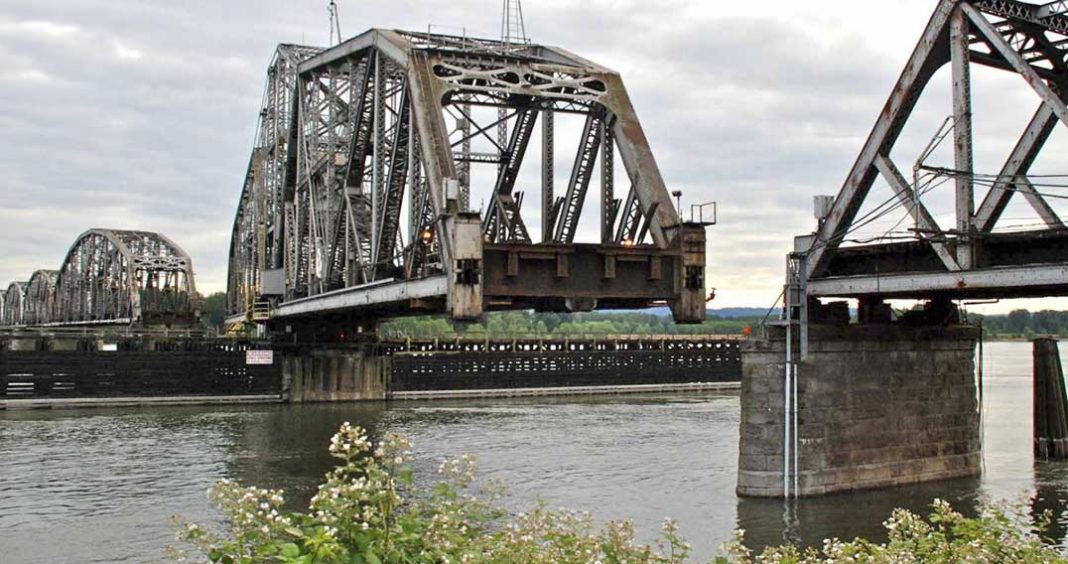MANITOULIN – The Little Current Swing Bridge Study is continuing, despite the COVID-19 pandemic.
“The MTO (Ministry of Transportation) continues to review options for the bridge, including potential crossing alternatives and locations,” Kristin Franks, regional issues and media advisor, MTO Northeastern region, told the Recorder April 20. “As part of this study, we are looking at all the comments we received from the public at two public information centres (PICs).”
Ms. Franks explained, “we are working with the Ministry of Heritage, Sport, Tourism and Culture Industries to make sure we address requirements under the Ontario Heritage Bridge Guidelines. MTO is planning to present our preferred plan at a future public information centre.”
“In late 2020, we will make a transportation environmental study report available for public review,” continued Ms. Franks. “The report will document the entire study, including the final recommended plan.”
She added, the project website SwingBridgeStudy.ca will provide general project information, updates and notices of upcoming meetings and milestones.
As has been reported previously, for the heritage aspect of the swing bridge, the Ministry of Tourism, Culture and Sport has several prescribed bridge conservation options. The options in consideration include keeping the old bridge with a sympathetically designed new structure nearby; keeping the existing bridge in place, adapted for new uses but not for roadway use; keeping the bridge as a heritage monument for viewing purposes only; relocating the bridge to a new site for continued or adapted use; or removing and replacing the bridge with a sympathetically designed structure.
The five options that remain in consideration for the eventual replacement of the current swing bridge, as presented by MTO and Stantec Consulting Limited at the public meetings last summer, include a new swing bridge with a projected cost of $140 million, a bascule bridge at a projected cost of $130 million, a lift bridge at a projected cost of $130 million, a high level bridge at a projected cost of $150 million and a submarine tunnel at a projected cost of $500 million.
A bascule bridge, one that has two sides and can angle up and out of the way of tall marine traffic like a drawbridge, would maintain the current horizontal navigational clearance of 48 metres. However, it would have only one navigation channel rather than the existing two. And the submarine tunnel would require even steeper road grade approaches (more than seven percent) than a fixed bridge, but it would provide for unlimited vertical and horizontal clearance for boat traffic. It is also much more reliable than a movable bridge because it has no mechanical components.





